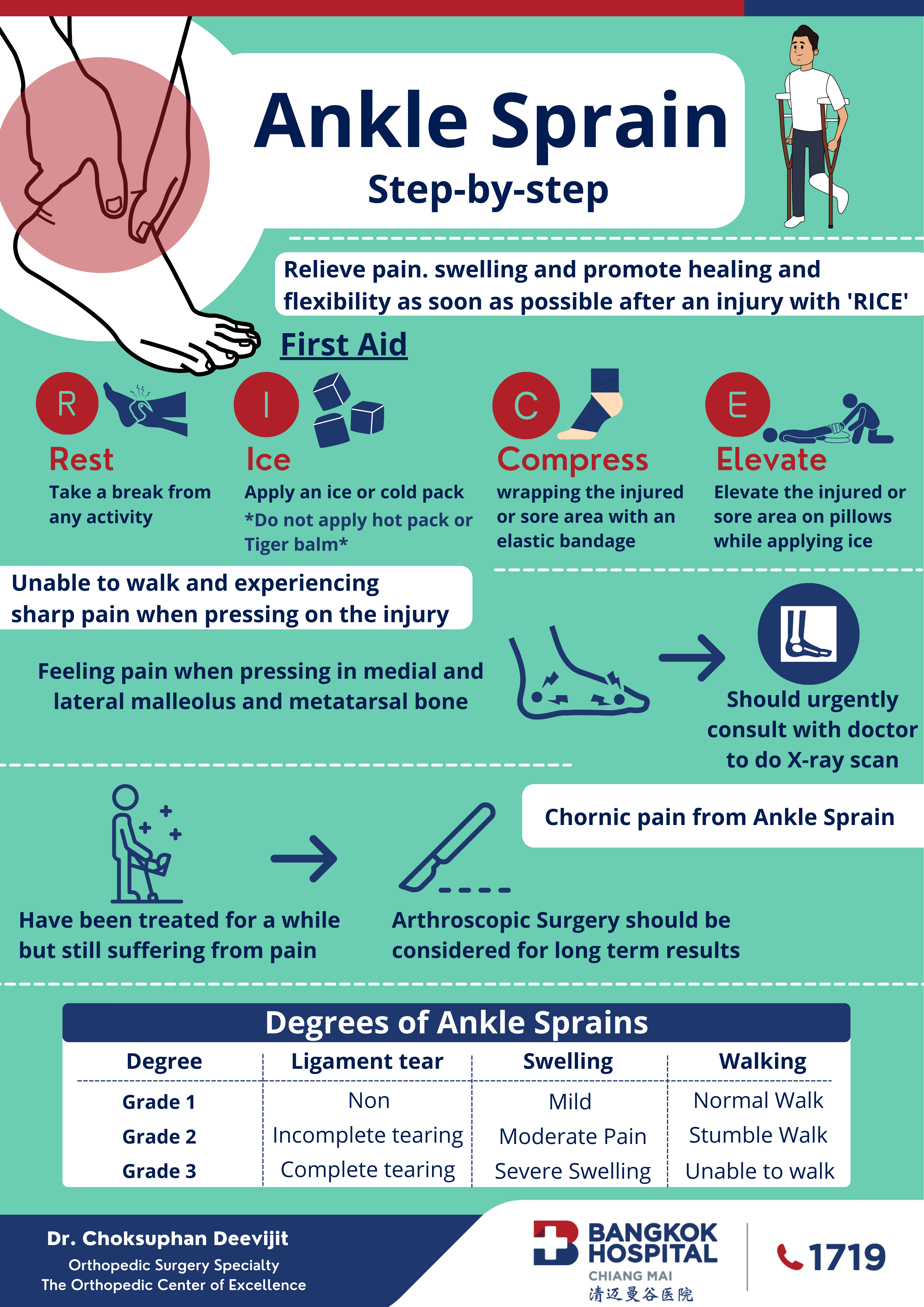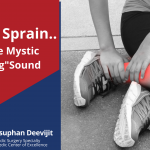
Ankle sprains may happen to anyone if they take one incorrect step and tumble down. That's why ankle sprains are the most common emergency department visit, but if it happens again and again until it becomes a bothersome chronic, it might prevent people from doing things like exercising or walking. Do not, however, criticize oneself for being clumsy; today we will discover more about this ailment known as "Joint Hypermobility" (loose joints).
Doctors diagnosed loose joints as an indication of chronic ankle instability. If physical therapy, such as strengthening the muscles surrounding the ankles, does not improve the patient's condition, doctors may recommend Arthroscopic surgery to repair torn ankle ligaments so that the patient may resume normal walking as soon as feasible.
Who Is More Likely to Have an Ankle Sprain?
Ankle sprains are commonly caused by a twisted ankle while the toe bends down. Ankle sprains can occur for a variety of causes, including participation in sports, going downstairs, and falling from a great height. The athlete, on the other hand, is the most vulnerable to "loose joints."

How Does an Ankle Sprain Hurt?
The anterior, lateral, and medial ligament lines are the three primary ligament lines. The degree of the damage is determined by the number of ligament lines and ligament tears that have been injured.
The Severity of an Ankle Sprain Is Divided into Three Levels by Doctors:
- The ankle is stable and walking, with minimal swelling and stiffness.
- A partial tear with swelling and difficulty walking is classified as "moderate."
- A complete tear of the afflicted ligament(s), accompanied by significant edema and bruising. The ankle is unstable, and walking instability is "severe."
RICE: A First Aid & Self-Care for Ankle Sprains
R = Rest (Rest your ankle)
I = Ice (Ice pack or cold compress but do not use topical cooling gel or menthol)
C = Compression (Wrap an ankle)
E = Elevation (Raise an ankle)
A Popping Sound
If you hear a “POP!” When an injury occurs, you may have loose joints, edema, acute pain, and instability when walking. And it doesn't feel any better after the first aid. In the case of pressing pain in the internal-external malleolus and internal-external foot bones, our specialist doctors are ready to do a physical examination to determine the severity, whether radiological or otherwise.
Medical Assistance from a Professional
- Following the “RICE”, first aid and self-care.
- Dispensing nonsteroidal anti-inflammatory medications (NSAIDs) to relieve pain and inflammation of all types.
- Wrapping an ankle with an elastic bandage or wearing a soft splint for about 7-10 days, then doing ankle and muscle strengthening exercises until getting back to normal.
Even after physical treatment to regain muscular power, some chronic instances do not recover. Doctors may consider a laparoscopic surgery to repair torn ankle ligaments if the loose joints make it impossible to exercise and are disrupting daily living, such as the inability to wear high heels and repeated ankle sprains.
Patients with ankle sprains should seek immediate medical attention and self-care with "RICE," but if the pain becomes unbearable, or if they are suffering from chronic or recurrent ankle sprains, the best thing to do is to see an expert doctor for proper treatment and to return to a happy and normal life.
Orthopedic Surgery Specialty
The Orthopedic Center of Excellence | Bangkok Hospital Chiang Mai










